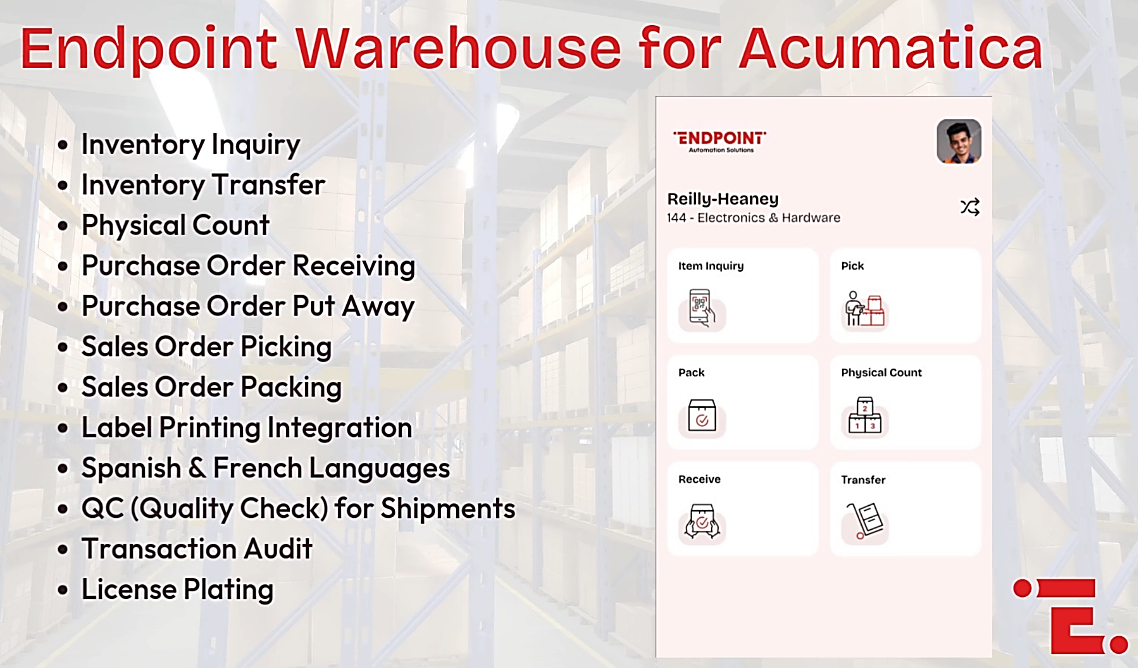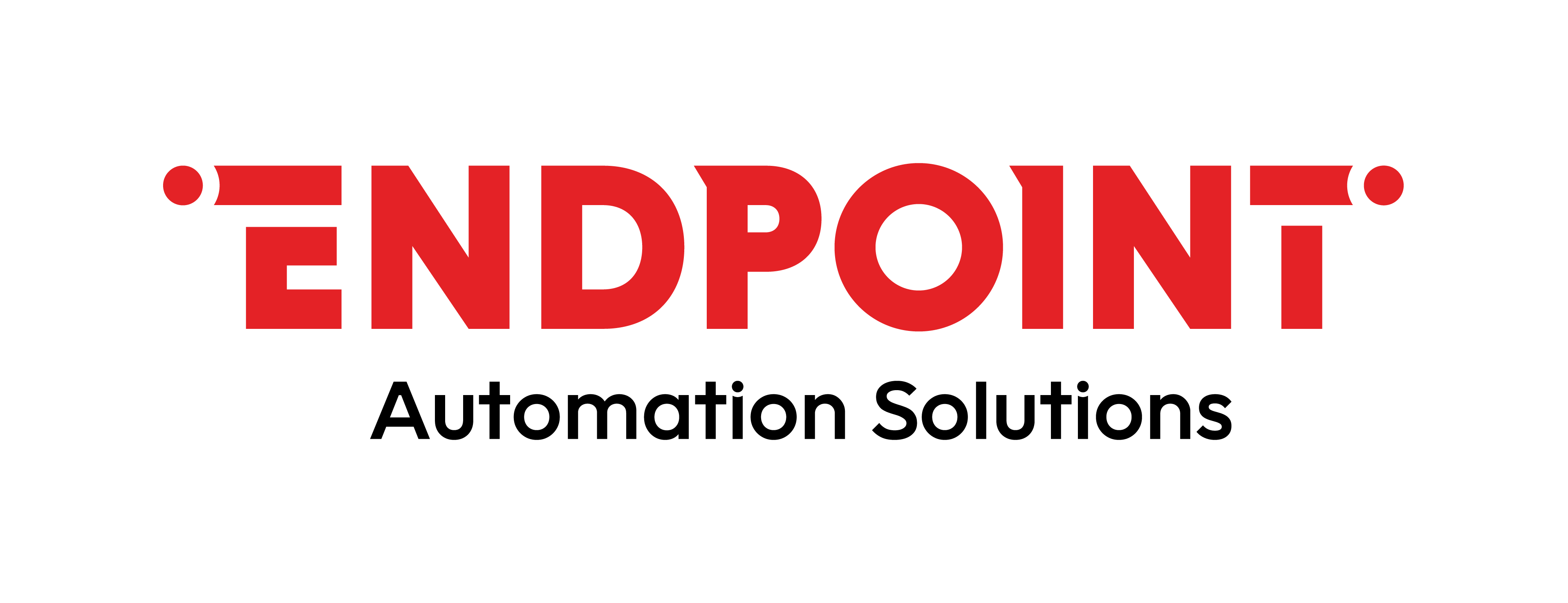March 5th 2025 10:26:27 AM
Get Smart About Business Process Automation and Watch the Benefits Grow
May 3rd 2022 11:00:00 AM

When many people hear the word “automation,” the first thing they think about could be robotics. While robotics can be part of automation, they aren’t the whole story. Business process automation (BPA) involves automating your recurring business processes using software and other applications. By that definition, BPA has been with us for a long time.
An excellent example of someone who automated recurring business processes was Henry Ford. While he didn’t invent the assembly line, he improved on it in 1913 by dividing the work of assembling the Model T into 84 separate steps. The company trained each employee to perform only one task, and Ford reasoned that they would spend less time moving around if the work came to the worker. He reduced the time it took to build a car to only 90 minutes.
Businesses used desktop computers to automate tasks later in the twentieth century. Employees could focus on more interesting, creative work in many instances once machines could do some repetitive processes and functions. The risk of human error dropped, and productivity increased.
There’s no question that BPA is good for business; however, you can’t start automating your business processes and expect that your business will improve. Like anything else, it pays to think things through and decide where your business will get the most benefit from BPA first.
Which Business Processes to Automate
There are thousands of individual activities making up the hundreds of processes inside a company. Each one of these tasks presents an opportunity to implement business process automation.
When deciding on a BPA strategy, you need to balance the difficulty level in automating a task versus the benefit you could get in higher efficiency. The places where you can get the most use out of BPA in your business are ones where there are multiple transactions. These areas include customer service, finance, and physical product delivery.
According to IBM Institute for Business Value, the “most automatable process groups” include the following:
- Evaluate Customer Service and Satisfaction
- Manage Customer Service Accounts
- Manage Logistics and Warehousing
- Manage Product Recalls and Audits
- Process Accounts Payable and Expenses
- Process Payroll
- Perform Revenue Accounting
In contrast, the business processes that are most challenging to automate are ones requiring strategic thinking and judgment. These include making decisions about business strategies, disposing of assets, and outlining ideas for new products or services.
Warehouse. Basic automation is a good option for repetitive tasks that are well-structured. They should be part of systems with measurable outcomes. Consider this option for high-volume jobs where a human performing them would be too time-consuming or costly. An example of this task would be upgrading to barcode scanning to track customer orders, inventory levels, and new stock.
Back Office. Consider using automation for your data (creating forms, pre-filling information, and updating statuses). Track the keywords on customer or employee satisfaction surveys. When the keywords come up, the system can flag them as items for follow-up or further investigation by an employee.
Best Practices in Business Process Automation
Choosing to implement business process automation will not automatically solve all your business’s challenges. It is a tool you use to help your business grow and improve. The following guidelines will assist you in implementing your BPA strategy.
1. Choose one process to automate at a time.
Even the most enthusiastic supporters of BPA wouldn’t suggest automating your entire business at once. It would amount to too much change, too soon. You’ll want to start by automating some simple processes first, allowing your team to evaluate the positive features and setbacks. Then you can gradually move on to more critical components later.
2. Select the right automation tool.
It would be best if you chose the automation tool that is the right fit for your company’s needs. To accomplish this goal, you need to conduct a detailed assessment covering the following points:
- What types of employees will be using the automation software?
- How comfortable are the employees with using technology/software?
- How quickly is the company expecting to grow in the next year/five years/or ten years? (Need to build scalability into the automation solution.)
The right automation tool must be user-friendly, with an intuitive interface, so non-technical users can feel comfortable using it.
3. Set specific goals to measure the return on investment (ROI).
Implementing automation includes improving your business processes, lowering costs, and increasing revenue. Before implementing any BPA tools, getting clear about your goals is crucial.
Business process automation requires a considerable investment of time and money. Before you do, make sure you have done the homework necessary to find gaps where automation will be most effective before moving forward. You will give yourself room to pivot or pull back where necessary by proceeding in phases.
4. Involve your team in the process.
Some employees may see automation as a threat to their jobs. Ideally, automation is something that will shift their employment duties so they can focus on more exciting and rewarding tasks.
All employees should receive training to become familiar with the new processes you are introducing. The new procedures should be easy for your team to understand so employees can adopt them quickly.
Scanco OPS for Sage Intacct Gives You Ultimate Flexibility
If you are looking for a business process automation solution that will give you the flexibility to customize for your company’s needs, consider Scanco OPS for Sage Intacct. This option allows you to track anything you wish, including accounting, finished goods, inventory, materials, labor, and more, in one system. You can keep track of jobs, dates, steps, or any fields you need by customizing fields in the software.
With Scanco OPS for Sage Intacct, you eliminate the need for data entry. Authorized users have access to real-time information immediately.
To discover more about this robust software solution for your growing business, contact us online or call (330) 645-9959 to make an appointment with a Scanco Solutions Expert to take the next step today.













